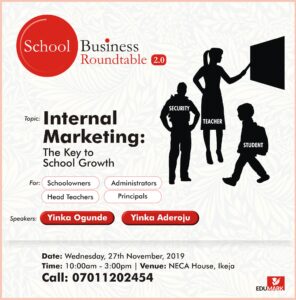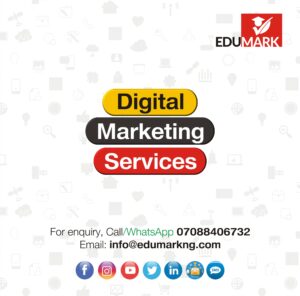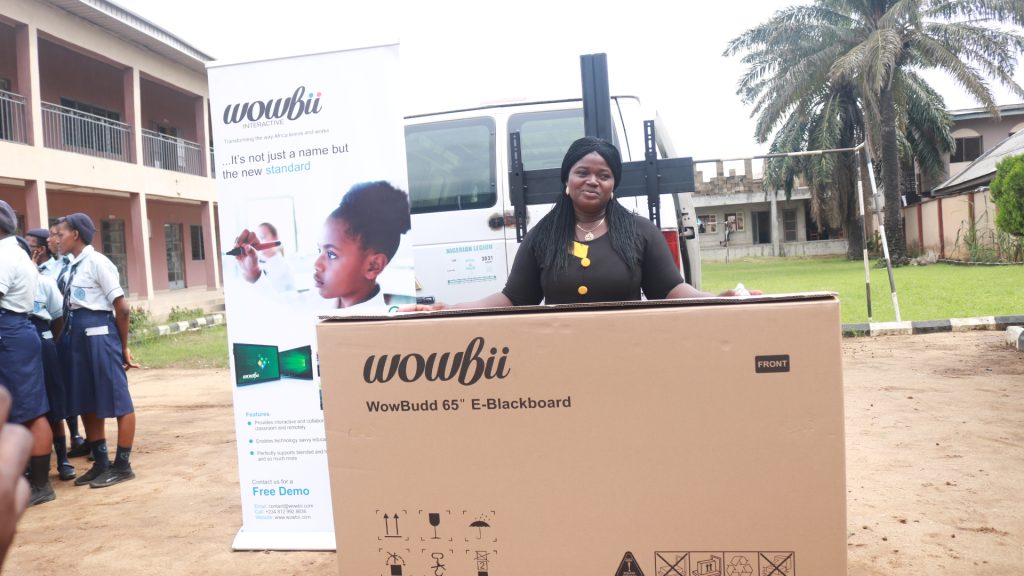Innovation and Technology are key parts of business today. In fact, they both work hand in hand. Here are some technological innovations that made waves in recent times:
Artificial Intelligence (AI)
A lot has been said about Artificial intelligence and its impact on businesses. It has significantly affected and improved the way customers interact with businesses via intelligent websites and chatbots. According to Forbes, 80% of enterprises are now investing or planning to expand in AI platforms.

“The largest impacts across all industries—from retail to healthcare, hospitality to finance—are felt when AI improves data security, decision-making, employee output, trainings, speed and accuracy,”
Attend TOSSE 2020, Africa’s Biggest Education Trade Show and Conference. Register Here
Maddy Martin, community vice chair and head of growth and education for Smith.AI, said. “With more capable staff, better-qualified sales leads, more efficient issue resolution, and systems that feed actual data back in for future process and product improvements, companies employing AI technologies can use resources with far greater efficiency. Best of all, as investment and competition increase in the AI realm, costs are reduced.”
Ultra-Fast Internet
There is an insatiable appetite for super-fast internet by most individual users of it. This need is even greater for businesses, either big or small. This helps improve business efficiency and provide reliable communication tools for companies that rely on remote workers.  To satisfy this need, there has been the invention of 5G, which is exponentially faster than 4G. The effects of this technology, though, are up for debate with some quarters labelling it as dangerous.
To satisfy this need, there has been the invention of 5G, which is exponentially faster than 4G. The effects of this technology, though, are up for debate with some quarters labelling it as dangerous.
Virtual Reality (VR)
While Virtual Reality might be seen as an innovation solely beneficial for gaming and entertainment, it has recently more widespread applications in businesses. According to Flatworld Solutions in an article on “Virtual Reality and Its Impact on Business”, the following are impacts of VR on business:
- An all-new level of product prototyping

- Reduced business travel & efficient business meetings
- E-commerce advertising will see a new side
- VR can provide competitive advantage to businesses
- Interviewing candidates will be easier
- The future of retail will be very different
- Virtual conferences and meetings will be popular
- VR will be an important tool in training
- Affordable virtual designing of structures to visualize the project better
- Offering virtual tours will be possible
Blockchain
A blockchain is, in the simplest of terms, a time-stamped series of immutable records of data that is managed by a cluster of computers not owned by any single entity. Each of these blocks of data (i.e. block) is secured and bound to each other using cryptographic principles (i.e. chain). Originally devised for the digital currency (Bitcoin), the tech community has now found other uses for the technology. Blockchain technology can be used to create a permanent, public, transparent ledger system for compiling data on sales, tracking digital use and payments to content creators, such as wireless users or musicians. It has also found application in financial services and video games.
Internet of Things (IoT)
The Internet of Things, which is commonly called IoT, refers to the billions of devices around the world that are connected to the internet through sensors or Wi-Fi. It’s basically a giant network of objects that connect to the internet. Each device collects data, and this data, known collectively as big data, is exchanged and analyzed. IoT-connected smart devices can be an everyday item such as a phone, car, watch, washing machine, or refrigerator. IoT devices can also be components of machines and systems, such as on an oil rig or airplane engine.

A Forbes article explained the massive benefits of this innovation on businesses, and quite a number of businesses have jumped on board this fast-moving train.
Exhibit At TOSSE 2020, Apply for Stand Here

Ad







 Getting The Leads
Getting The Leads















